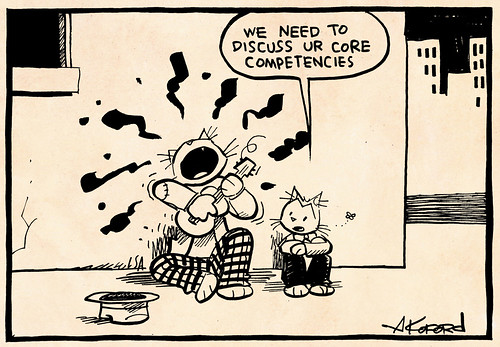 |
 by Ape Lad by Ape Lad |
Since the LMS I work with does not have a competency tool available, for the Rubrics and Competencies Quest, I have used the competency structure established by the 2013 South Carolina Standard for World Language Proficiency document. Particularly, I have focused this quest on the competency structure provided for Intercultural Competencies.
According to this document,
Intercultural Competencies define the skills needed for successful
interaction with native speakers through the knowledge of a culture's
products and practices to an understanding of that culture's
perspectives (beliefs, values, attitudes, etc.).
The following are the three
competencies and the benchmark statements according to the
proficiency level. There are three levels of proficiency: Novice
(N), Intermediate (I), and Advanced (A). There are also three
sublevels: low, mid, and high.
Lastly, since learner benchmarks are
broad summary statements of what learners can do at specific
proficiency levels, learning indicators specify the range of
functions that learners can expect to experience and attain. Along
with learning indicators, the chart also provides sample learning
targets that are specific, measurable, attainable, relevant, and
time-bound (SMART).
References
South Carolina Department of Education. (2013). 2013 South Carolina Standard for World Language Proficiency. Retrieved April 21, 2015, from http://ed.sc.gov/agency/ccr/Standards-Learning/documents/2013_SC_Standard_for_WL_Proficiency_08-13-13.pdf




No comments:
Post a Comment